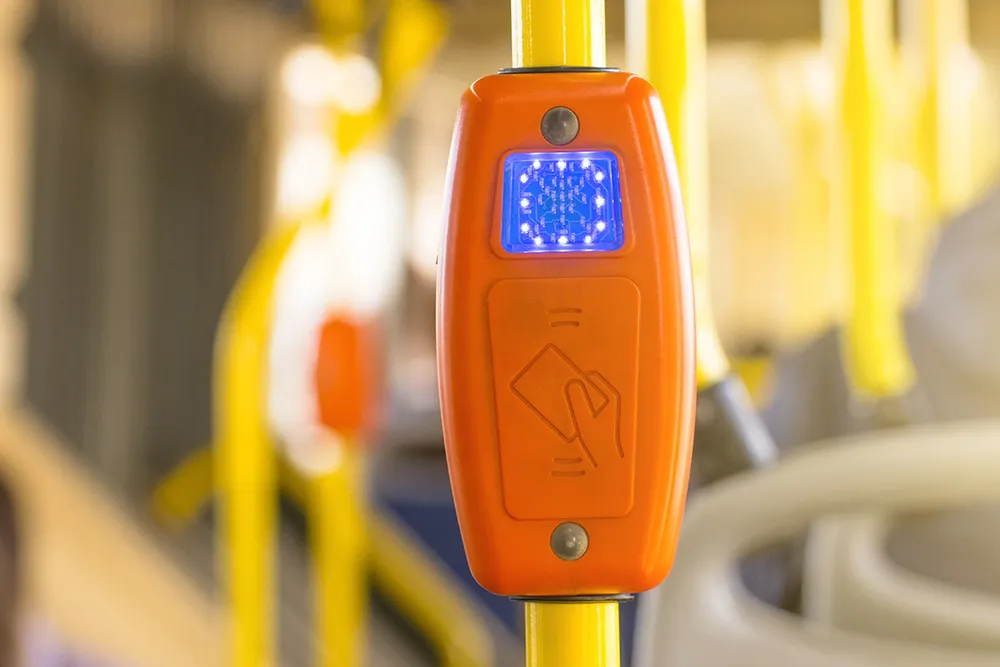Scottish Enterprise has awarded algorithm specialist Route Monkey a grant to support the research and development of an app that provides electric vehicle (EV) drivers with real time navigation and information on charging points en route.
Livingston-based Route Monkey says the US$412,000 (£285,000), which contributes to the overall project cost of US$1 million ( £749,000), will accelerate the company’s R&D programme, enabling it to deliver this software as a service (SAAS) offering to the market as quick
June 9, 2016
Read time: 2 mins
Livingston-based Route Monkey says the US$412,000 (£285,000), which contributes to the overall project cost of US$1 million ( £749,000), will accelerate the company’s R&D programme, enabling it to deliver this software as a service (SAAS) offering to the market as quickly as possible.
The company is creating an online portal that aims to help EV drivers get the best out of their battery-powered cars, vans and trucks. The software will combine the ability to plan the best routes for an EV, give turn-by-turn directions via a smartphone navigation app, and identify charging points en route.
Route Monkey will use Trakm8’s market-leading T10 Micro telematics technology to provide EV drivers with real time journey and battery data, straight to their smartphone. This will enable Route Monkey to accurately recalculate routes and plan in extra recharging time depending on journey conditions.
The company says the solution will be designed to encourage the uptake of EVs for consumers and smaller fleets in the public and private sectors. It builds on the success of the company’s EVOS solution for larger fleets, which has won accolades including the Business Innovation category at the 2015 Scottish Business Awards.









